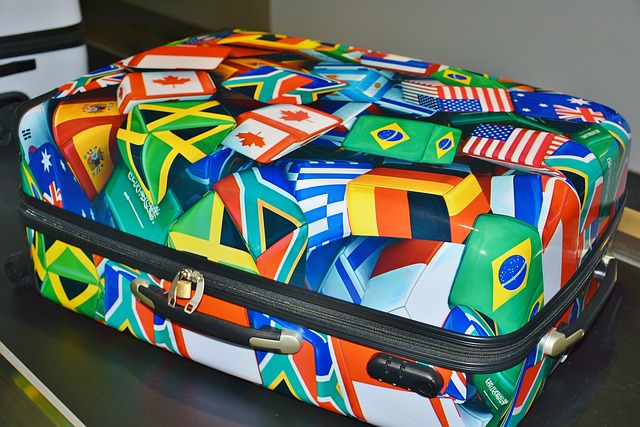Suitcases: Choosing and Caring for Travel Luggage
A suitcase is more than a container for clothes — it’s a travel tool that affects convenience, mobility, and how you experience a trip. Whether you travel for business, leisure, or tourism, knowing the differences between hard and soft shells, wheel systems, weight limits, and interior layouts helps you pick luggage that matches your routine. This article breaks down practical considerations for selecting, packing, maintaining, and understanding how suitcases interact with travel rules and tourism trends, so you can make informed choices for both short trips and extended journeys.

What to look for in a suitcase?
When evaluating a suitcase, consider size, weight, durability, and ease of handling. Carry-on dimensions must meet airline rules for travel, while checked luggage should balance capacity and the airline’s weight limits. Features like spinner wheels, a telescoping handle, reinforced corners, and TSA-compatible locks improve usability. Materials matter: polycarbonate shells resist impact, while ballistics nylon offers abrasion resistance. Think about return on use: a slightly heavier but extremely durable bag may save replacement costs over time. Also assess warranty coverage and repair services offered by the manufacturer.
How to choose luggage materials?
Luggage materials influence weight, protection, and lifespan. Hard-shell suitcases, commonly made from polycarbonate, ABS, or aluminum, provide structured protection for fragile items and often shed water. Soft-sided luggage, typically nylon or polyester, compresses slightly and offers external pockets for quick access items. Hybrid designs combine a structured frame with flexible panels. Consider abrasion resistance, UV exposure, and how materials respond to cold or heat. For frequent travel, choose fabrics and shells that are scuff-resistant and easy to clean. Material choice should align with the type of travel and how rough handling might be.
How to pack your suitcase for efficient travel?
Packing efficiently saves space and reduces stress during travel. Start with a packing list and prioritize multi-use garments. Use packing cubes or compression bags to separate clothing categories and minimize wrinkles. Place heavier items near the suitcase wheels to keep the bag balanced when upright. Roll softer garments and fold stiffer ones to maximize space and protect creases. Keep a small toiletry kit and a change of clothes in a carry-on if checking luggage. Finally, use a document pouch for passports and boarding passes to avoid rummaging during security checks.
Which bag types suit different travel needs?
Different trips call for different bag types. A compact carry-on suitcase or cabin bag suits weekend or business travel where avoiding checked baggage speeds transitions. Larger checked suitcases are practical for family vacations or longer tourism stays that require more clothing and equipment. Duffel bags and convertible backpack-suitcase hybrids are common for active tourism or trips with varied terrain where flexibility and shoulder carry matter. For specialized travel—like photography or sports—look for purpose-built luggage with padding and organizational features. Match the bag to transit modes and local conditions in your area.
How do suitcases relate to tourism rules and security?
Luggage interacts directly with travel regulations, security screening, and local tourism practices. Airlines set size and weight restrictions that vary by route and fare class; excess fees can add to trip costs. Transport security administrations require certain items in checked versus carry-on bags and may inspect or X-ray luggage. For international tourism, customs rules govern the transport of food, plants, and alcohol, and some items are restricted across borders. Durable suitcases with lockable zippers and visible tags can simplify recovery if luggage is delayed. Always review airline and destination regulations before packing.
Conclusion
Choosing the right suitcase comes down to matching features with your travel habits: consider materials, capacity, maneuverability, and compliance with airline and tourism rules. Thoughtful packing and regular maintenance extend a bag’s useful life and make transitions smoother in airports, train stations, or local transit. By assessing how you travel and what you typically carry, you can select luggage and packing strategies that reduce friction and support the kinds of trips you take, whether short business flights or longer tourism stays.






